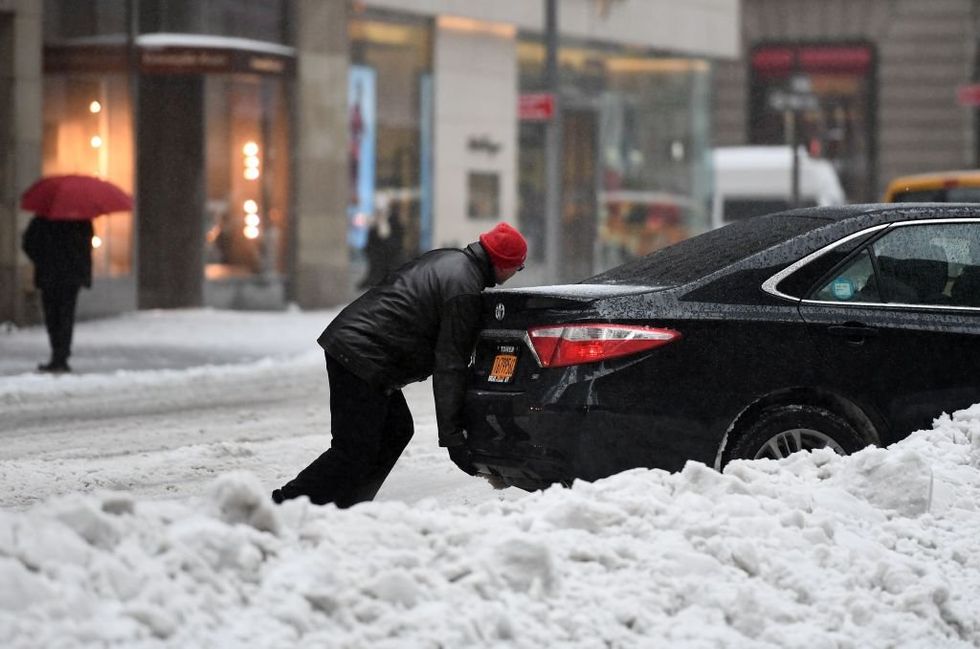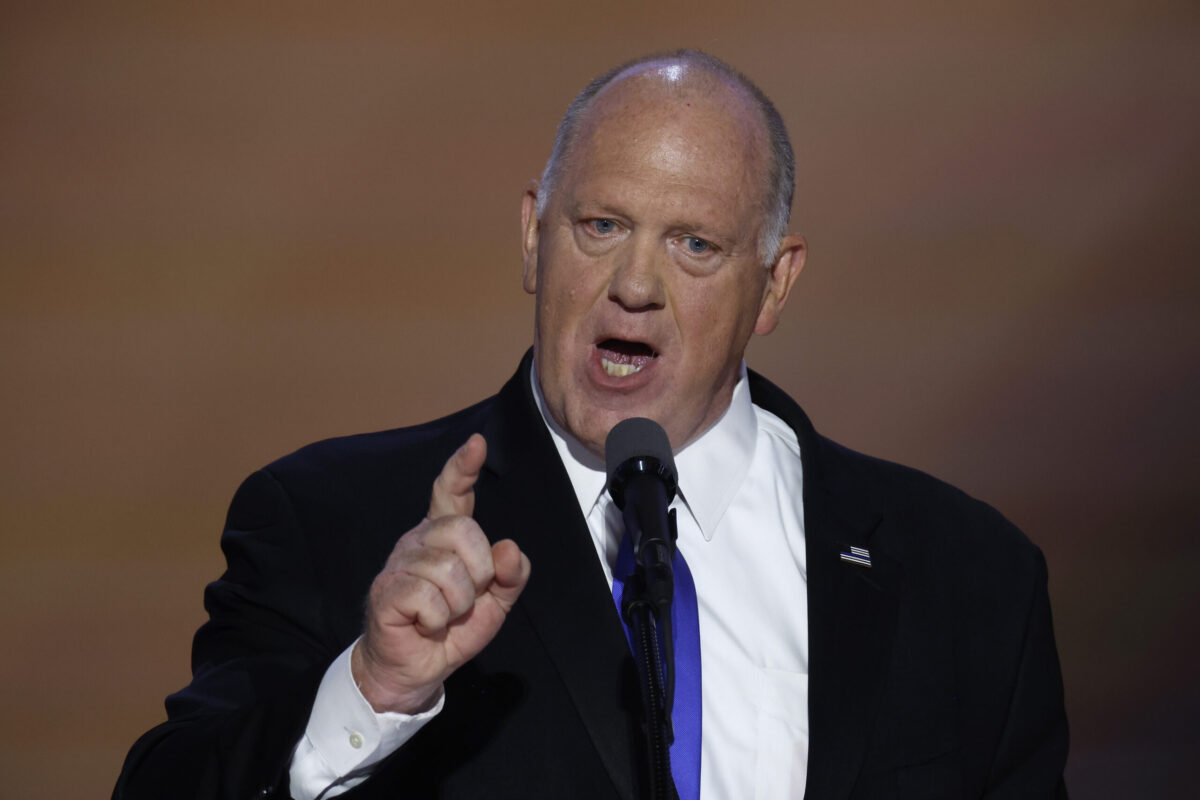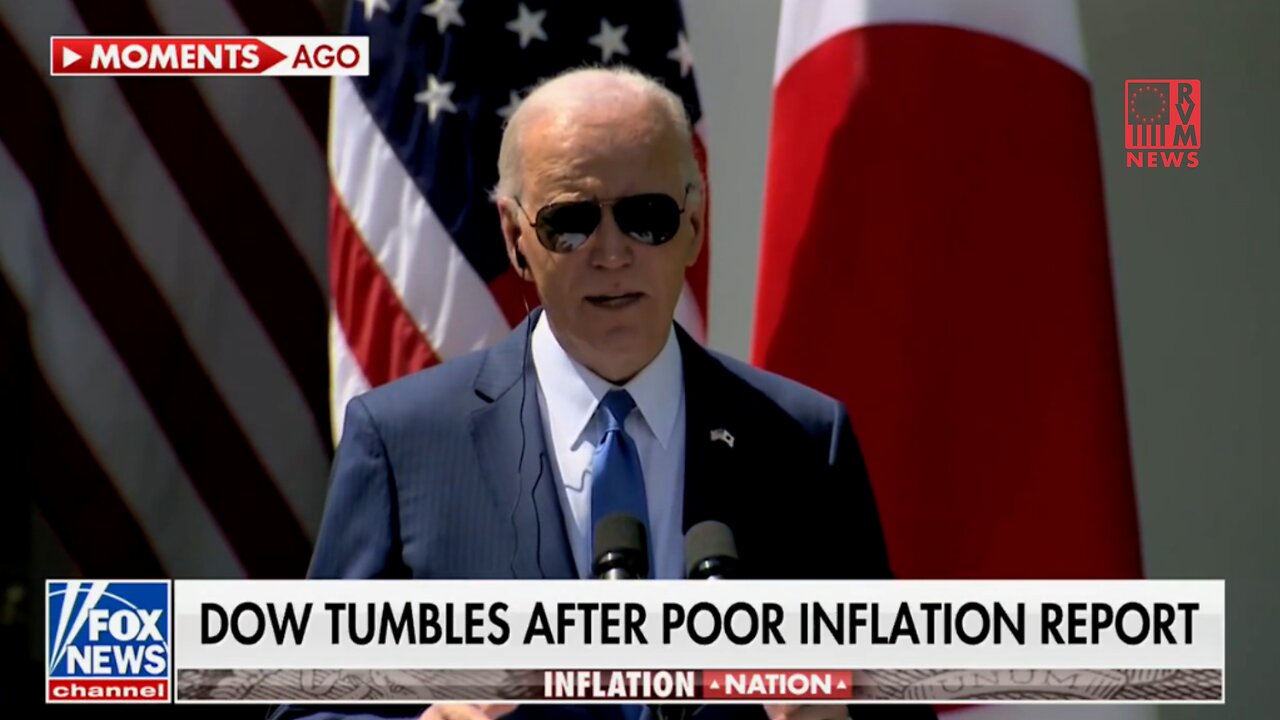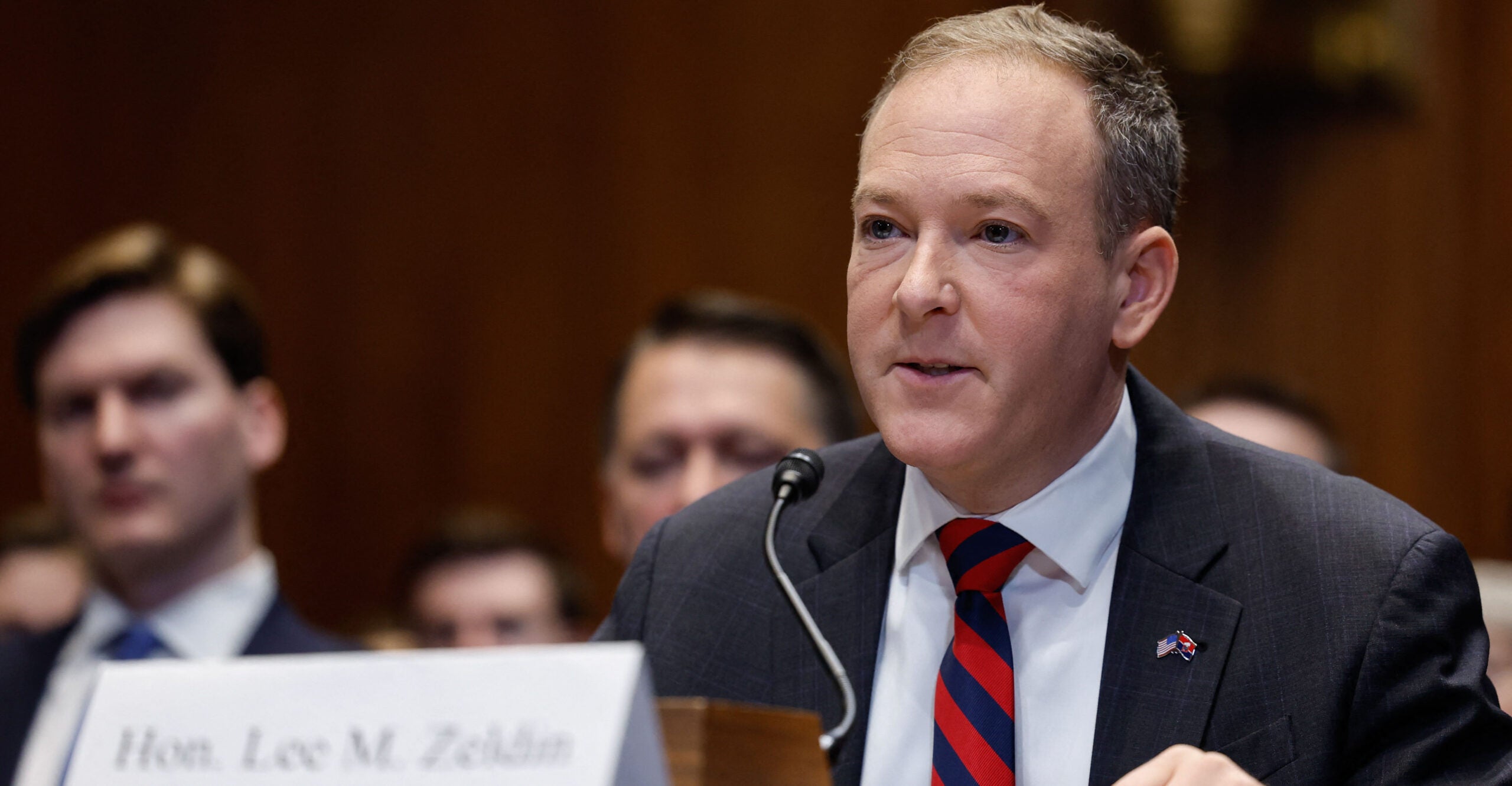Get your car ready for winter now before prices rise
We're midway through fall, and that means it's time — if you haven't gotten around to it yet — to do the automotive version of spring cleaning: a winter tune-up.Everyone else is doing this too, so prices for services tend to increase this time of year — but you still may be able to save some money if you act sooner rather than later. Getting your car maintenance done when the mileage points are met per the service schedule can save you up to $1,200 per year. You can do some repairs yourself, but if you have no clue what you are doing, find an ASE-certified mechanic or technician to do the work for you.Scheduling maintenance early not only guarantees better service availability but also helps drivers budget more effectively.Tire inspection and rotationAverage cost: Typically ranges from $20 to $50 for rotation.Fall price difference: Prices can increase by 10%-20% due to higher demand as drivers prepare for winter conditions.When it comes to your car, tires are one of the most important maintenance items to keep up on. With winter on the way, you’ll want to inspect each tire for any damage as well as check its tread depth. You'll also want to rotate all four tires to ensure even wear.Brake inspectionAverage cost: Inspection is usually free, but replacing brake pads costs around $150-$300 per axle.Fall price difference: Prices can increase by 5%-15% as more drivers service their brakes in anticipation of harsher driving conditions.Brakes, of course, should also be kept in tip-top running order. It’s not just the actual brakes themselves but the rotors, pads, and fluid levels that keep the whole system running smoothly.Battery checkAverage cost: Battery testing is often free, but replacement costs between $75 and $200.Fall price difference: Prices may rise by 5%-10% due to higher demand and potential supply chain issues.An easy check you can most likely do yourself or have done for very little money at the end of summer: test your battery. Does it have a charge? Does the terminal need cleaning? Is it on its last legs, ready to be replaced?Do it while the weather is still relatively warm. The cold puts a strain on batteries, draining them even faster than normal. You do not want to be out in freezing temperatures on the side of the road because your battery died.Fluid top-up and replacementAverage cost: Oil changes usually cost $30-$70; coolant flushes around $100-$150.Fall price difference: Service prices may increase by 5%-10%.Fluid checks, flushes, and replacements are another simple and fairly cheap set of fix-it jobs ... that is, if you do it now. All you have to do is make sure your essential fluids — brake fluid, windshield washer fluid, coolant, and oil — are full and clean. Should they happen to be dirty or low, you can have a mechanic flush the old fluids and replace them with new fluid or top off the levels if they are a little low.These fluids are like the life-blood of your car, crucial to the performance of the engine and stopping cold weather-related problems before they start. Waiting until it’s chilly will only add to the amount you’ll have to pay for fluid maintenance, so take care of it while the weather is still mild. HVAC system checkAverage cost: Basic inspection costs around $50-$100.Fall price difference: Prices can rise by 10%-15% due to higher service demand.You’ve probably been using your car’s air conditioning a lot this summer, but have you checked whether the heat is also working? What about whether the ventilation is allowing the right flow of air? Better to do it now than wait until winter sets in and you are frozen in the driver’s seat. Those who do not will find long lines at their local mechanics and high prices as a cold comfort toward the end of the year.Wiper blade replacementAverage cost: New wiper blades cost around $20-$50.Fall price difference: Prices typically remain stable but may see slight increases.It's easy to tell when your wiper blades have kicked the bucket. However, this problem can seem less urgent during an Indian summer. But by the time leaves, rain, and snow start falling, it will be too late.Ask your local mechanic to take care of it today or do it yourself to save a few extra bucks.Neglecting any one of these repairs can leave you on the side of the road. Also, being proactive will save you money. Waiting almost always means much higher costs down the line in the form of more extensive repairs or lost resale value if you blow it off.


We're midway through fall, and that means it's time — if you haven't gotten around to it yet — to do the automotive version of spring cleaning: a winter tune-up.
Everyone else is doing this too, so prices for services tend to increase this time of year — but you still may be able to save some money if you act sooner rather than later.
Getting your car maintenance done when the mileage points are met per the service schedule can save you up to $1,200 per year. You can do some repairs yourself, but if you have no clue what you are doing, find an ASE-certified mechanic or technician to do the work for you.
Scheduling maintenance early not only guarantees better service availability but also helps drivers budget more effectively.
Tire inspection and rotation
- Average cost: Typically ranges from $20 to $50 for rotation.
- Fall price difference: Prices can increase by 10%-20% due to higher demand as drivers prepare for winter conditions.
When it comes to your car, tires are one of the most important maintenance items to keep up on. With winter on the way, you’ll want to inspect each tire for any damage as well as check its tread depth. You'll also want to rotate all four tires to ensure even wear.
Brake inspection
- Average cost: Inspection is usually free, but replacing brake pads costs around $150-$300 per axle.
- Fall price difference: Prices can increase by 5%-15% as more drivers service their brakes in anticipation of harsher driving conditions.
Brakes, of course, should also be kept in tip-top running order. It’s not just the actual brakes themselves but the rotors, pads, and fluid levels that keep the whole system running smoothly.
Battery check
- Average cost: Battery testing is often free, but replacement costs between $75 and $200.
- Fall price difference: Prices may rise by 5%-10% due to higher demand and potential supply chain issues.
An easy check you can most likely do yourself or have done for very little money at the end of summer: test your battery. Does it have a charge? Does the terminal need cleaning? Is it on its last legs, ready to be replaced?
Do it while the weather is still relatively warm. The cold puts a strain on batteries, draining them even faster than normal. You do not want to be out in freezing temperatures on the side of the road because your battery died.
Fluid top-up and replacement
- Average cost: Oil changes usually cost $30-$70; coolant flushes around $100-$150.
- Fall price difference: Service prices may increase by 5%-10%.
Fluid checks, flushes, and replacements are another simple and fairly cheap set of fix-it jobs ... that is, if you do it now.
All you have to do is make sure your essential fluids — brake fluid, windshield washer fluid, coolant, and oil — are full and clean. Should they happen to be dirty or low, you can have a mechanic flush the old fluids and replace them with new fluid or top off the levels if they are a little low.
These fluids are like the life-blood of your car, crucial to the performance of the engine and stopping cold weather-related problems before they start. Waiting until it’s chilly will only add to the amount you’ll have to pay for fluid maintenance, so take care of it while the weather is still mild.
HVAC system check
- Average cost: Basic inspection costs around $50-$100.
- Fall price difference: Prices can rise by 10%-15% due to higher service demand.
You’ve probably been using your car’s air conditioning a lot this summer, but have you checked whether the heat is also working? What about whether the ventilation is allowing the right flow of air?
Better to do it now than wait until winter sets in and you are frozen in the driver’s seat. Those who do not will find long lines at their local mechanics and high prices as a cold comfort toward the end of the year.
Wiper blade replacement
- Average cost: New wiper blades cost around $20-$50.
- Fall price difference: Prices typically remain stable but may see slight increases.
It's easy to tell when your wiper blades have kicked the bucket. However, this problem can seem less urgent during an Indian summer. But by the time leaves, rain, and snow start falling, it will be too late.
Ask your local mechanic to take care of it today or do it yourself to save a few extra bucks.
Neglecting any one of these repairs can leave you on the side of the road. Also, being proactive will save you money. Waiting almost always means much higher costs down the line in the form of more extensive repairs or lost resale value if you blow it off.
Originally Published at Daily Wire, World Net Daily, or The Blaze
What's Your Reaction?

































































































